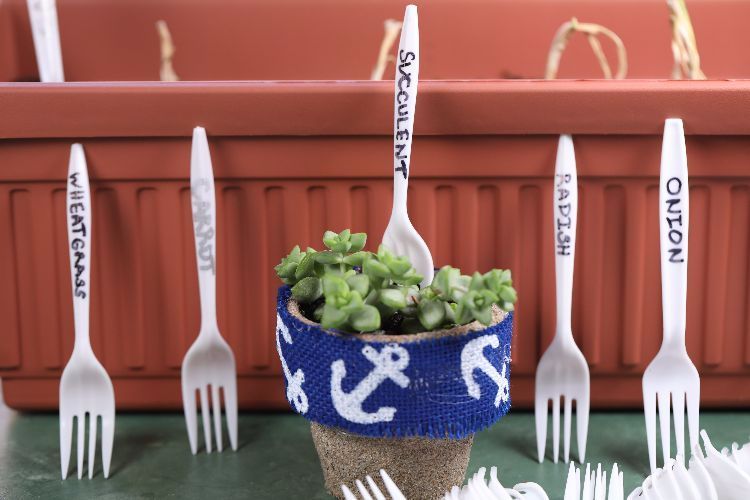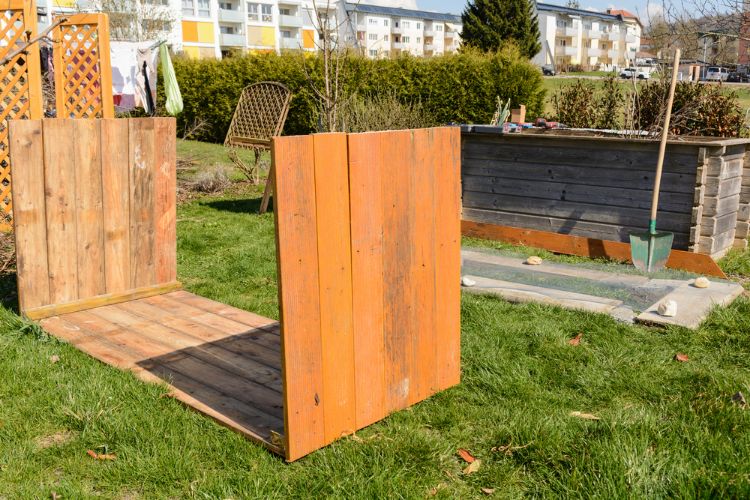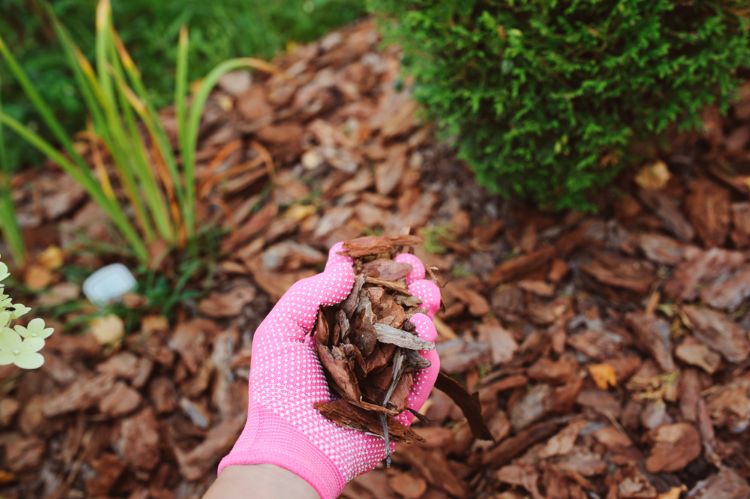You don't have to be an expert gardener for your own garden to thrive, and there isn't a single "right" way to do things either. Sure, you could hire a professional landscaper, but with these simple tips, you can enjoy a weed-free, colorful garden for the cost of a few simple supplies and your own DIY labor.
To start a garden, choose a spot that's easy to reach, where you'll be able to see and enjoy the results. Create a border around your patio, or an island of color in front of an unsightly shed. Even in cold weather, you can prepare your new garden area for spring. DIY your garden with these easy tips:
Advertisement
1. Choose a good spot
Spend a few days watching your garden to see which areas get full sun all day and which have shade. Then pick plants that will thrive in that environment. Be sure to choose a spot that doesn't flood constantly.

Shutterstock
2. See what's growing around you
If certain plants are common in your neighborhood gardens, they might just like it there. Snap photos to help you find them at the store.

Shutterstock
3. Read the labels
Read the plant labels to learn what type of conditions those plants prefer. Then follow that guidance. If a plant prefers good drainage, don't plant it in a soggy part of the yard.

DIY Everywhere
4. Kill grass and weeds off season
This is a great DIY for winter. Cover the area where you've chosen to garden with thick, black plastic. Stake it down so it won't blow away. Wait about six weeks or so. Everything under the plastic will be dead.

Shutterstock
5. DIY a garden bed
The pros say you must till a garden area about 8 inches deep to prep it. That's ideal, but there are some quick and easy ways to DIY a garden bed. In your raised vegetable beds, cover the bottom of the bed with flattened cardboard boxes before filling the garden bed with soil. Free weed control for a whole season!

Shutterstock
6. Control weeds in planted beds
Prevent weeds around flowers and shrubs. An eco-friendly and cheap way to control weeds is to cover the ground under your plants with thick layers of wet newspaper (for shrubs and flowers) and then put a 4-inch layer of mulch on top. The newspaper will eventually decompose, but garden weeds will be few.

Shutterstock
7. Make a DIY raised garden bed
Cut out your sod, and just pile up topsoil about 12 inches high into a hill or berm. Make a nice crescent shape, 3 to 4 feet wide and 8 to 10 feet long, and pack it down. Don't forget your cardboard or newspaper underneath to block weeds. Plant your flowers and enjoy the garden.

Shutterstock
8. Use the victory garden method
If you have poor soil, or limited time, just dig a really big hole for each plant (twice the recommended size), and fill it with purchased garden soil. Mulch and water well.

Shutterstock
9. Add container plants
Almost anything can be used as a planter. Buckets, galvanized tubs, crates — whatever you can find. Paint them all the same color, or decorate them if you like a textured garden. A potted plant can add height and color or fill in a bare spot.

Shutterstock
10. Mulch, mulch and mulch
Use whatever is handy — newspapers, ground-up Christmas trees, coffee grounds, eggshells, grass clippings, compost. Add some purchased mulch on top to tidy it up. This helps retain moisture in the soil, and over time, your soil quality will improve.

Shutterstock
11. Water regularly
To keep your garden looking good, make sure it's watered deeply a couple of times a week, and enjoy!

Shutterstock
12. Use bubble wrap as cheap lining for a planter

Advertisement
Firstly, it provides excellent insulation, helping to regulate soil temperature and moisture levels, which can be particularly beneficial in extreme weather conditions. Additionally, the cushioning effect of bubble wrap can protect delicate plant roots from potential damage during transplantation or harsh weather, promoting healthier plant growth. Furthermore, repurposing bubble wrap for this purpose is environmentally friendly as it reduces waste and extends the lifespan of this commonly discarded material, making it an eco-conscious gardening hack for those looking to minimize their carbon footprint.

